7 Things That Used to Cost Money But Are Now Free
It’s funny how some things we used to pay for without question are now just… free. No fanfare, no big moment—it just happened. One day you’re burning CDs or paying to send a text, and the next, it’s all at your fingertips for nothing. Kind of sneaky, right?
Music Streaming
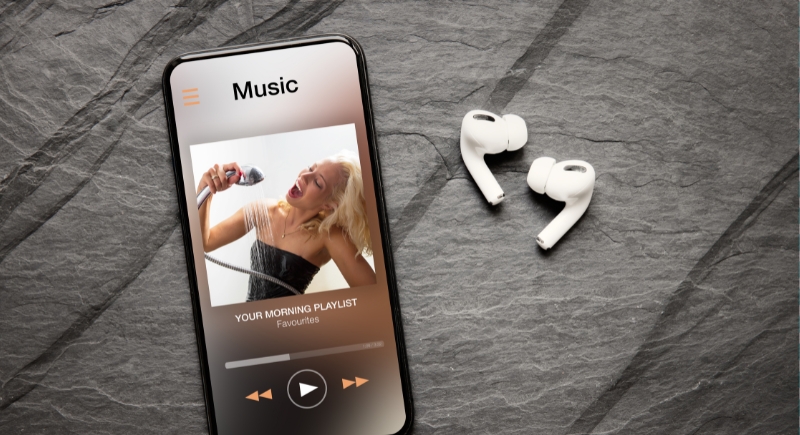
Credit: Canva
Accessing music has transformed dramatically. Previously, purchasing CDs or digital downloads was the norm. Now, platforms like Spotify and YouTube Music offer extensive libraries of songs for free, supported by ads. This shift has democratized music access, allowing users worldwide to enjoy diverse genres without financial barriers or special devices.
Online Movies
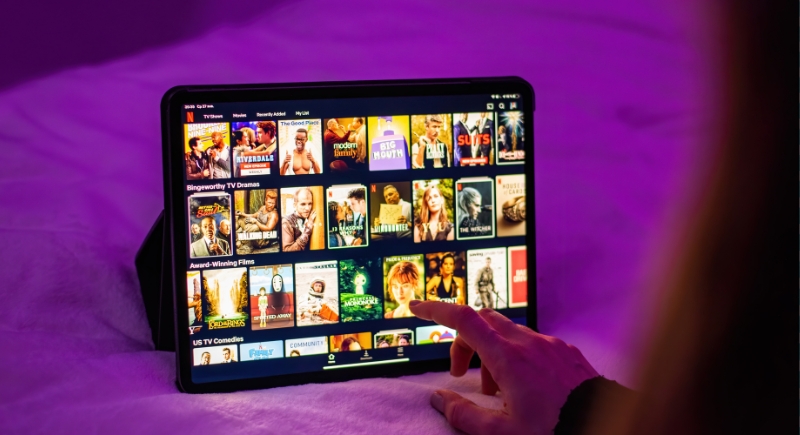
Credit: Canva
Watching movies no longer requires purchasing DVDs or cinema tickets. YouTube offers a variety of free, ad-supported films across multiple genres. Channels like Cinedigm and Maverick Movies legally upload full-length features, giving viewers access to classic, independent, and international films without the need for streaming subscriptions or rental fees.
Digital Maps
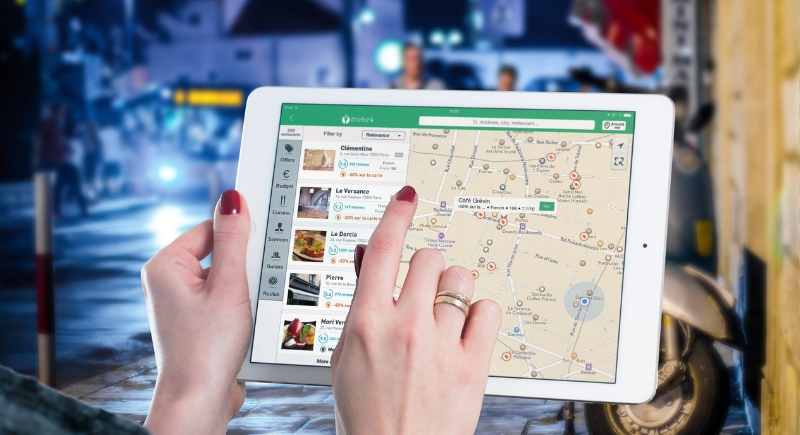
Credit: pixabay
Navigating unfamiliar places used to mean unfolding paper maps or buying pricey GPS units. Now, free apps like Google Maps and Waze provide real-time directions, traffic conditions, and route options. They also include features like location reviews, business info, and offline map downloads, all accessible at no charge.
Greeting Cards

Credit: pexels
Buying greeting cards once meant a trip to the store and postage costs. Now, sites like Canva, American Greetings, and Blue Mountain offer customizable e-cards for free. These platforms allow users to add messages, names, and even photos, creating a personalized experience that’s both quick and budget-friendly.
Online Banking Services
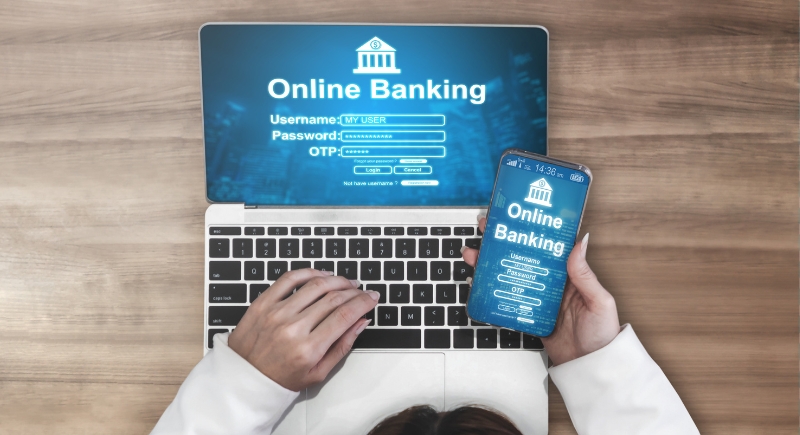
Credit: Getty Images
Decades ago, basic banking came with fees—monthly maintenance, ATM access, and bill payments. Today, online and mobile banking is often free, with many banks offering no-fee accounts and convenient digital tools. Services like mobile check deposits and real-time alerts are now standard and accessible without extra charges.
Digital Photography

Credit: pixabay
Before digital tech, each photo meant film, development costs, and time. Now, with smartphones and cloud storage, photography is virtually unlimited and free. Apps like Snapseed and Lightroom Mobile let users edit pictures at no cost, and sharing images through social media has made capturing moments effortless and instant.
Email Accounts
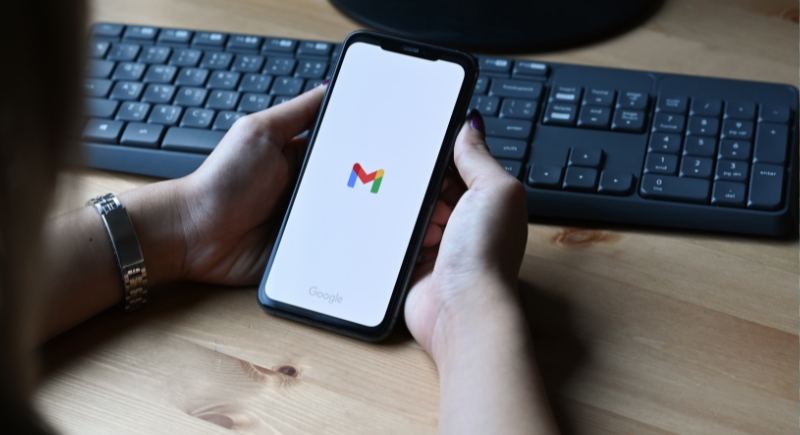
Credit: Canva
Email was once a premium service offered by ISPs or niche providers. Now, giants like Gmail, Yahoo, and Outlook give away feature-rich accounts for free. These services include generous storage, integrated calendars, spam filters, and cross-device syncing, making email one of the most accessible digital tools available.
GPS Navigation
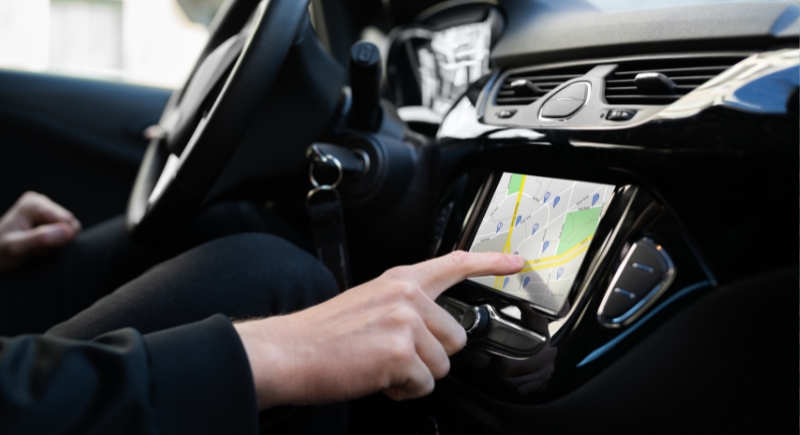
Credit: Getty Images
Dedicated GPS units once sold for hundreds of dollars. Today, free navigation apps like Google Maps, Waze, and Apple Maps provide detailed directions, alternate routes, and real-time traffic updates. Many even support voice guidance and offline navigation, eliminating the need for costly software or separate GPS equipment.
Office Software

Credit: pexels
Tools like Microsoft Word and Excel once required expensive licenses. Now, free alternatives such as Google Docs, Sheets, and LibreOffice offer robust features for writing, data management, and presentations. These platforms also support file sharing and real-time collaboration, making them useful for professionals, students, and remote workers alike.
Cloud Storage
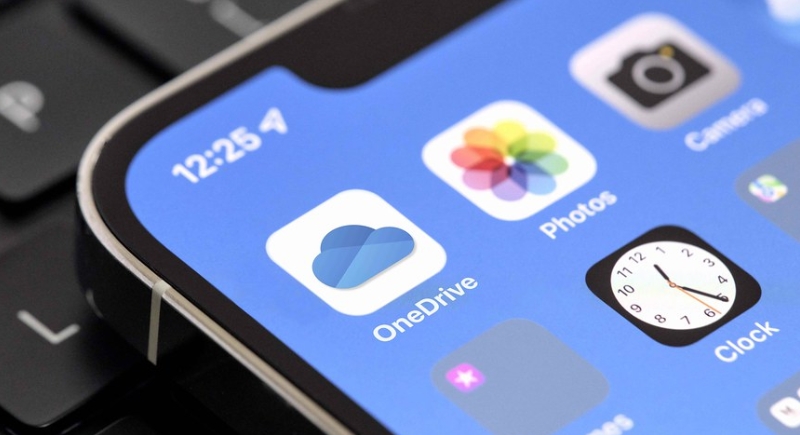
Credit: flickr
Storing files used to mean investing in external drives, CDs, or flash storage. Now, services like Google Drive, Dropbox, and OneDrive offer several gigabytes of free cloud storage. Users can back up documents, access files from anywhere, and collaborate in real-time, all without spending a dime.
Video Conferencing

Credit: Getty Images
Video calls once required expensive software and bulky equipment, often limited to large companies. Today, platforms like Zoom, Skype, and Google Meet offer free video conferencing with screen sharing, chat, and recording tools. These services have made virtual meetings accessible for families, students, freelancers, and businesses alike.
Ringtones
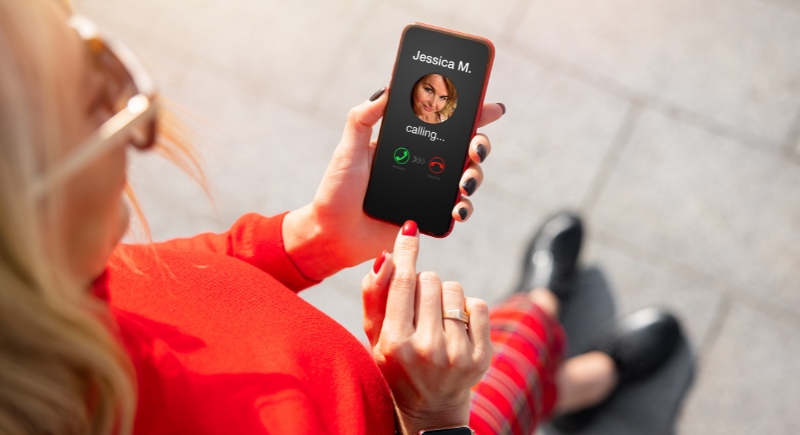
Credit: Canva
Not long ago, downloading a custom ringtone could cost $2–$3 per song snippet. Now, countless websites and apps let users create or download ringtones for free. Many people even use music editing tools to clip audio from favorite songs or use free sound libraries to personalize their phones.
Online Education

Credit: Canva
Learning once meant enrolling in a class or buying a textbook. Now, platforms like Khan Academy, Coursera, and edX offer high-quality courses for free. From math and science to coding and art, learners can gain new skills at their own pace, without paying tuition or buying required materials.
Classified Ads

Credit: Getty Images
Placing an ad in the newspaper used to be the go-to way to sell something—and it wasn’t cheap. Today, platforms like Craigslist, Facebook Marketplace, and OfferUp let users list items for free. You can advertise everything from used furniture to job listings without spending a cent.
Credit Reports
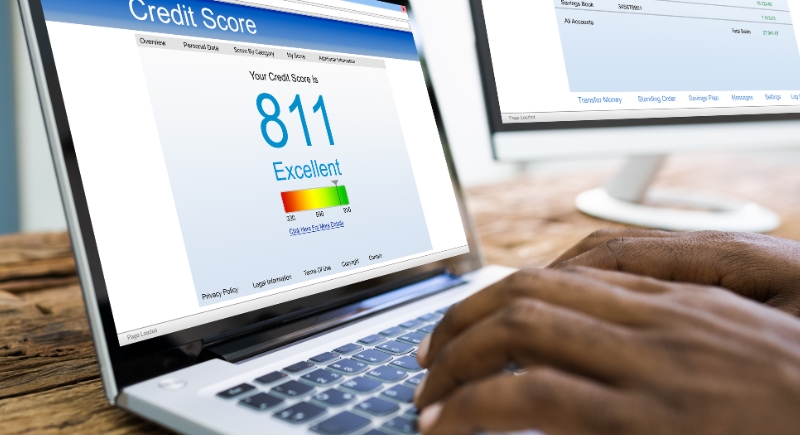
Credit: Getty Images
Credit reports once cost consumers a fee, limiting how often people checked their credit status. Now, U.S. residents can access free annual credit reports through AnnualCreditReport.com. Some credit card companies also offer free monthly credit score tracking, helping users monitor financial health and catch fraud before it escalates.